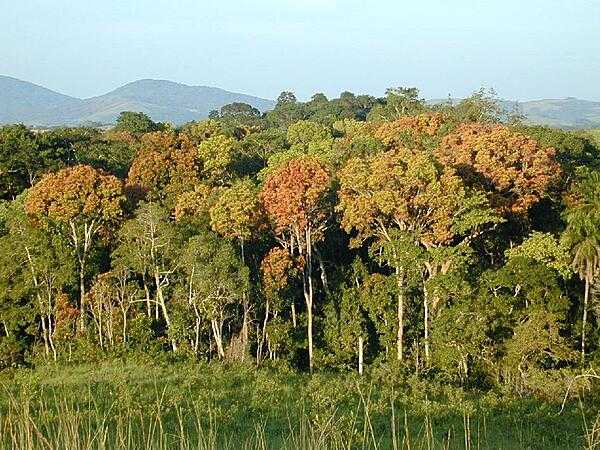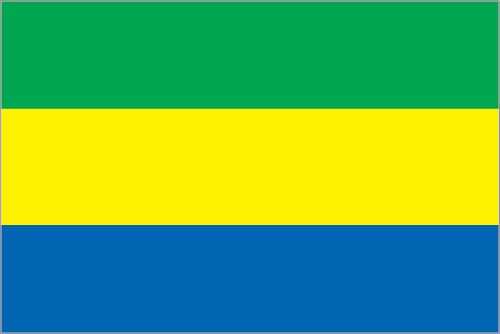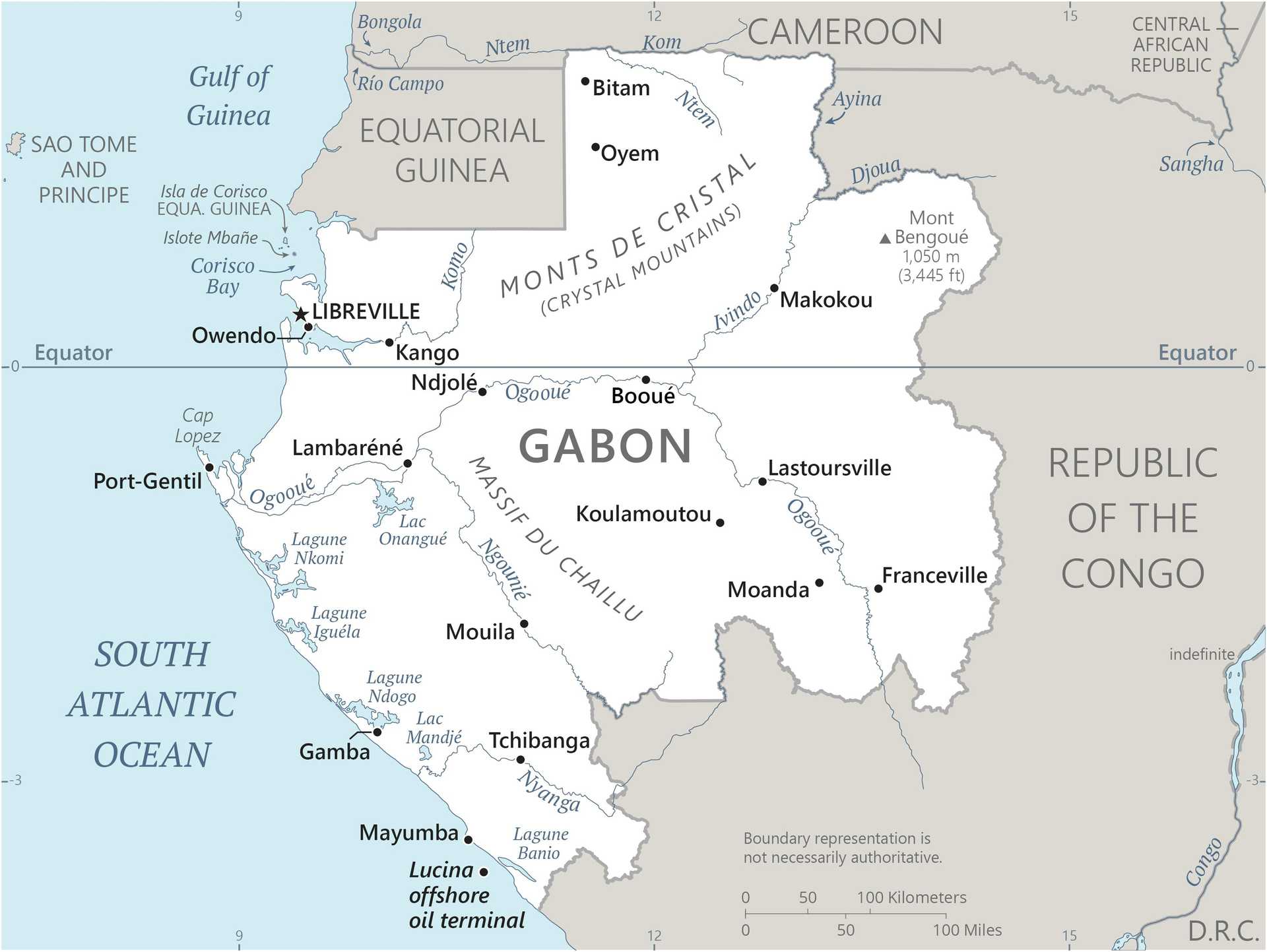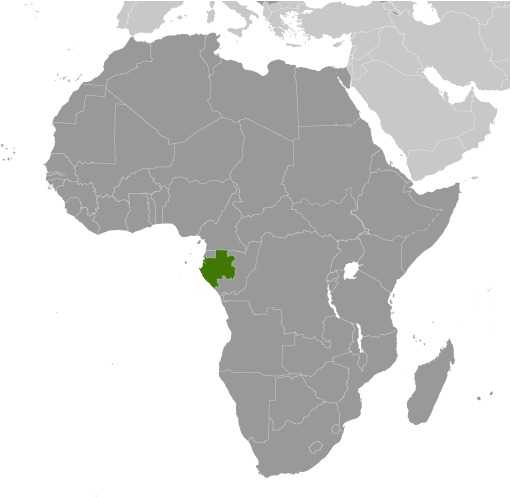Introduction
Visit the Definitions and Notes page to view a description of each topic.
Geography
People and Society
Population
comparison rankings: total 145; male 143; female 145
Median age
comparison ranking: total 187
Population growth rate
comparison ranking: 25
Birth rate
comparison ranking: 43
Death rate
comparison ranking: 181
Net migration rate
comparison ranking: 31
Maternal mortality ratio
comparison ranking: 34
Infant mortality rate
comparison ranking: total 57
Life expectancy at birth
comparison ranking: total population 175
Total fertility rate
comparison ranking: 43
Obesity - adult prevalence rate
comparison ranking: 127
Alcohol consumption per capita
comparison ranking: total 64
Children under the age of 5 years underweight
comparison ranking: 63
Education expenditure
comparison ranking: Education expenditure (% GDP) 177
Environment
Carbon dioxide emissions
comparison ranking: total emissions 147
Government
Economy
Real GDP (purchasing power parity)
comparison ranking: 131
Real GDP growth rate
comparison ranking: 104
Real GDP per capita
comparison ranking: 107
Inflation rate (consumer prices)
comparison ranking: 30
GDP - composition, by sector of origin
comparison rankings: agriculture 99; industry 8; services 198
Industrial production growth rate
comparison ranking: 85
Labor force
comparison ranking: 150
Unemployment rate
comparison ranking: 184
Youth unemployment rate (ages 15-24)
comparison ranking: total 15
Gini Index coefficient - distribution of family income
comparison ranking: 53
Taxes and other revenues
comparison ranking: 133
Current account balance
comparison ranking: 72
Reserves of foreign exchange and gold
comparison ranking: 136
Debt - external
comparison ranking: 64
Energy
Electricity
comparison rankings: installed generating capacity 140; consumption 140; imports 89; transmission/distribution losses 86
Energy consumption per capita
comparison ranking: 130
Communications
Telephones - fixed lines
comparison ranking: total subscriptions 160
Telephones - mobile cellular
comparison ranking: total subscriptions 141
Broadband - fixed subscriptions
comparison ranking: total 139
Transportation
Merchant marine
comparison ranking: total 96





